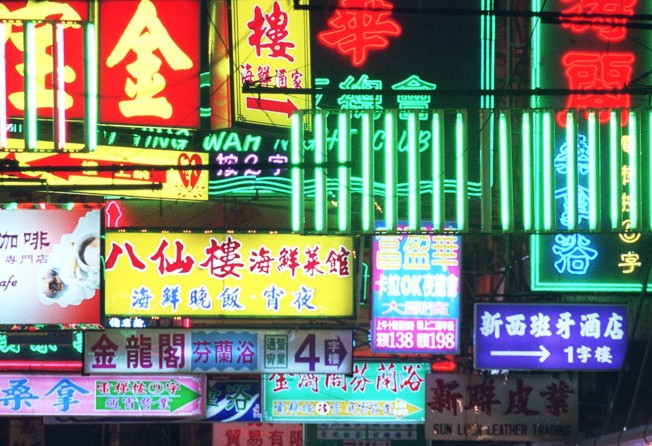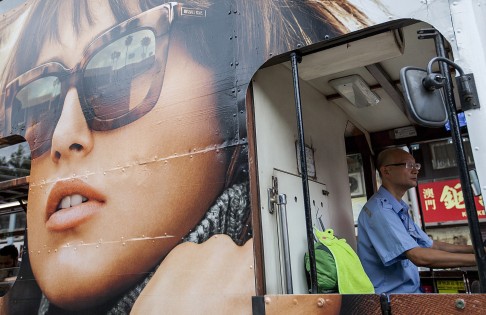Memories are made of this: How nostalgia for Hong Kong's trams, neon signs and other physical landmarks creates a sense of identity
Peter Ross says the ties to people and place that we've established over the years instils a sense of belonging, and must not be carelessly discarded

The importance of urban planning and conservation in maintaining our feeling of connectivity in the city and establishing ourselves as "Hongkongers" cannot be underestimated. The debate about what makes a Hongkonger is not new, and seems to surface when people feel most vulnerable.
In 1981, for instance, it was such a widely discussed issue that the British government brought into being the contentious "belonger status" (later renamed "permanent residency" in 1987). What gives us this sense of belonging?
In order to belong, we have to shape and become part of our environment. Everybody - not just expats in Hong Kong - lives within "bubbles", or microcosms. It is part of human nature.
We connect ourselves to our environment by forming links to certain people and physical landmarks. These frequented places form part of our microcosm and create memories which connect us with that place, anchoring us over time to our physical surroundings, establishing a sense of territory, ownership and belonging.
With this in mind, we begin to see how important our physical surroundings are in establishing our sense of identity and place within the city. Over time, the physical places that hold these memories and which connect us become referred to as nostalgic, a feeling that was recently suggested should belong in a museum.
We cannot allow this to happen, as nostalgia is the element that binds us to the city, telling our stories and giving us our identity. Nostalgia, whether in the form of trams, neon signs or buildings (all under threat) and other physical landmarks, is what gives us, in part, that sense of home. Without it, we could arguably become lost.

I'm not saying development is bad; our cities need to redevelop and rebuild to evolve and progress, but the rate at which the city changes and how much and where it changes can be better monitored by the government and made more transparent.
The public need a voice and an element of control in the development of the city, and the loopholes in place that allow developers to skip public consultations have to be closed. The people and government have to work on this together, to benefit the city and give us that sense of belonging we all seemingly crave.
Conservation and heritage should not be viewed in purely economic terms as there is so much more at stake.
However, for the money conscious, it should be pointed out that a city that instils a sense of belonging in its people, that has soul, is far more likely to be a happy city and, as a result, a prosperous city.
Peter Ross is a fourth-generation Hong Kong resident of British descent, working as a freelance architect and artist. www.peteross.hk